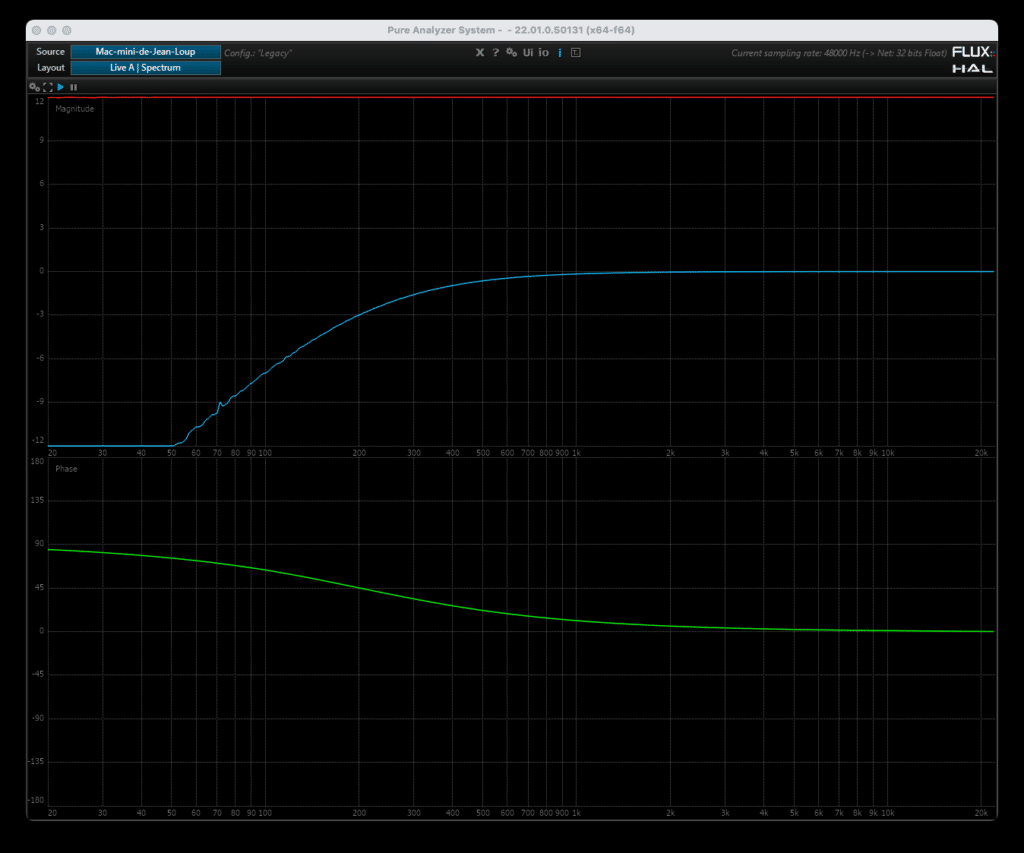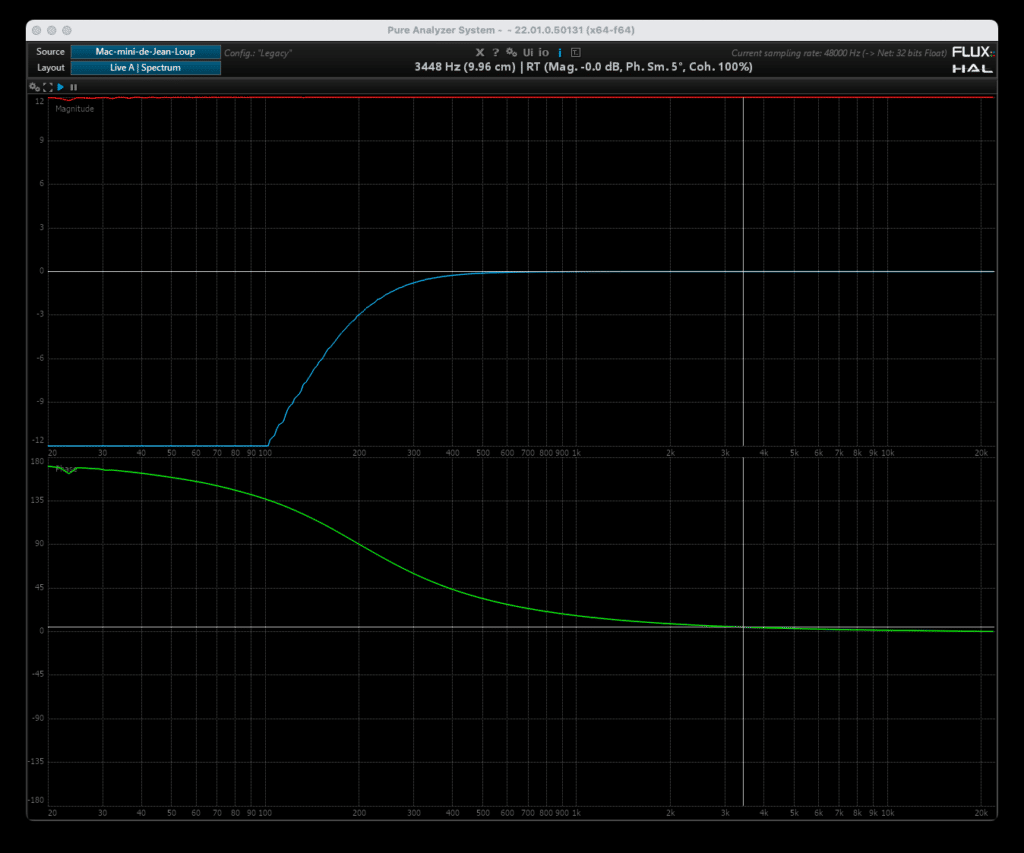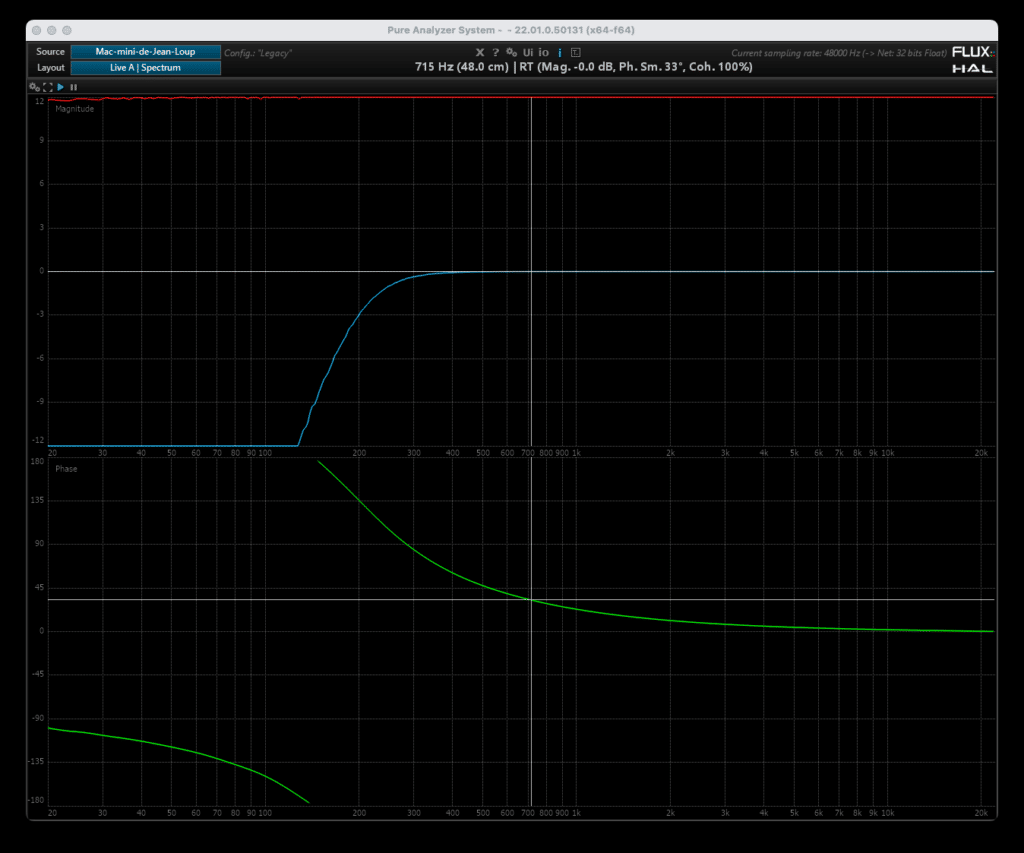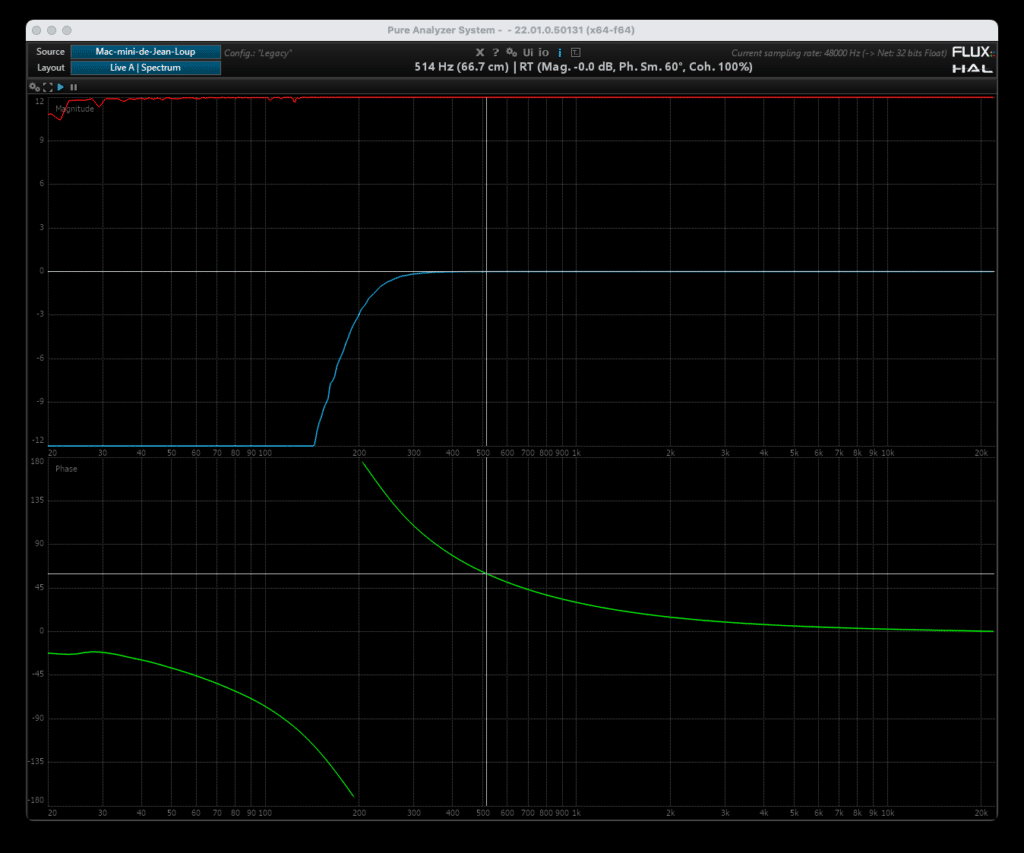The Equalizer, certainly the best known audio processing tool. It’s everywhere, in your car, in your phone, in your hi-fi system (if you happen to still have one), etc. It is certainly one of the easiest effects to identify, while being a tough one to master.
In this article we will talk about digital equalizers, how they work and how you can improve your mixing process with them.
Stating the obvious
Equalization is a tool that allows changing the timber of an audio signal. Basically, it is a sophisticated volume control that can target certain parts of the spectrum. So we can boost bass or trebles, cut mediums, etc. Basically EQs are built with a certain number of filters.
Equalizers have a long history that we are not going to cover in the article. We will focus on parametric EQ. Equalizers are classified as parametric when their target frequency and quality factor can be adjusted by the user. This is mostly the kind of EQ we are using when mixing or mastering.
These parametric EQs have three main controls :
- The frequency; which changes the target area of the audio spectrum
- The gain; defining how much we want to add or remove the frequency range we have selected
- The Q factor (or bandwidth); which sets how wide the processed band is. A high Q factor is a small bandwidth. A little Q factor is a wide bandwidth.
Sometimes you can also change the order of the filter. The higher the order, the steeper the filter’s curve is.
We also use four main filter shapes :
- The bell shape. It only boosts or cuts a certain part of the spectrum centered around the set frequency.
- The shelves. It boosts or cuts everything above (high shelves) or below (low shelves) the set frequency.
- The low pass. Let only pass frequencies below the set frequency.
- The high pass. Let only pass frequencies above the set frequency.
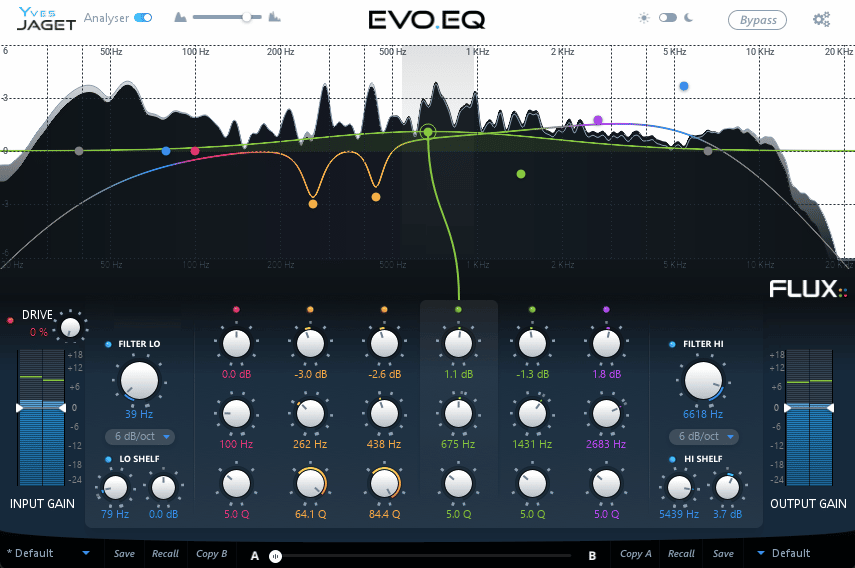
How digital EQ is built
Without entering into too much detail about digital signal processing, there are two main types of filters; filters which have finite impulse response, and those who have an infinite impulse response. Let’s clarify this.
You may have heard the words “impulse response” when talking about reverberation. In this context, an impulse response is the reaction of a specific room to an impulse. In simple words, if you clap your hands in a cathedral, and record the reaction of the space to the clap, you will get an impulse response, which is really, just an audio sample.
If we were able to clap our hands inside a digital filter, and record its output, we would also get an impulse response. The good news is that we actually have a way to do that, and it’s called a Dirac.
A Dirac is a very specific type of signal. Theoretically, it is an impulse as short as possible. In practice, you can imagine an audio file filled with zero, except for one sample that is at full scale.
So back to our filters. To simplify the question, let’s admit that filters that have infinite impulse response (IIR) have the property to be real time, they do not add any latency. Filters that have a finite impulse response have the property of having a linear phase shift, equivalent to a certain latency. Again, let’s clarify this point.
Phase and EQ
Phase in audio is a complex subject. If you listen to the world around you, you will not perceive the phase. We start to perceive it when it changes in time or when you listen to two correlated signals.
Correlated signals are simply signals that are close enough together. For example, two microphones that are recording the same instrument at the same time.
We often talk about the phase shift, and we need a reference point to measure it and to hear it. There is some very well-known sources of phase issues :
- Using multiple microphones to record the same instrument
- Filters
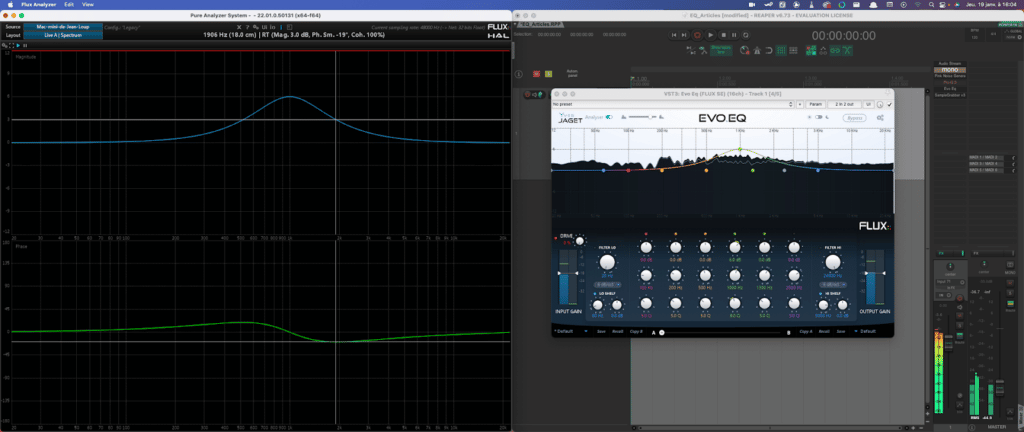
All analog and digital IIR filters generate some amount of phase shifting. This means that, when you are EQing the snare top microphone with an IIR equalizer, you are generating a phase shift which changes the sound of the top mic with the bottom one and even the overheads.
The phase distortion generated by equalizer is totally solved when using FIR filters, or phase linear EQ.
Here comes the linear phase EQ.
So now that we know that analog and digital IIR introduce phase shifting on the signal, you may think, “OK from now on, let’s only use linear phase EQ”. And I can understand the idea, but sadly, in the world of physics, everything comes at a certain price.
It’s true that linear phase EQ does not alter the phase relationship between microphones, but they have two major issues. The first one, they add tons of latency. It’s not always a big deal when mixing, but for a live mixing desk or for headphone cues, it is not acceptable. Linear phase EQ also has the very bad habit of creating a pre-ringing effect.
What is “pre-ringing” you may ask? Well, first of all, we will admit that all audio filters have a post-ringing effect. Remember that impulse response we’ve talked about? When we “clap in a filter”, using a Dirac, we get a response that has some length. The filter kind of “oscillates” if you want. Post-ringing is not an issue, it really is how filtering works. It is not really audible because it is masked by the input signal itself.
Pre-ringing on the other hand is much more audible, because it happens before the input signal onset. At this point, you may scratch your head thinking that filtering is about time traveling. Unfortunately, no it’s not. But the good news is that we can delay things. If you remember correctly, we said before that linear phase EQs add “tons of latency”. So because there is this delay, we can hear the consequence of the filter before the input signal. And thanks to the delay compensation of our DAWs, everything stays in sync.
Filters that generate content before the input signal have a mathematical existence, but not a physical one. They are said to be non-causal (because the effects precede the causes).
Pre-ringing generates an effect comparable to a “reverse” effect, and it smooths out the transients. If the filter works in low frequencies, the pre-ringing will increase. To reduce the pre-ringing we need to use a longer impulse response, and thus, increase the latency.
What EQ should I use ?
I admit that these previous parts may be very confusing. But in practice, it’s not very complicated.
Linear phase EQ has too many drawbacks to have a common practical usage. Also, even the linear phase advantage is quite marginal. Let’s go back to our snare top mic we want to EQ. The phase offset generated by the bell and shelves filter is marginal and its effect on timber is hidden in the filter itself.
The graphs above shows the magnitude and phase response of the same filter curve blend with the dry signal (50%). The first one is a minimal phase filter, the second one a phase linear filter. Notice that the main difference in the magnitude is the difference in the bandwidth of the filter. The phase response of the minimal phase EQ tends to make filter curves narrow. So if you can simply compensate for that effect by having a smaller Q factor.
When it comes to low pass or high-pass filters, the discussion is not the same. The phase offset generated by these filters is much more important, and thus, we have a severe effect on timber.
This is why I often advise people to only use IIR equalizer, and to use shelves filters instead of high pass to clean their track. If a high-pass filter is really required, I would use it on a bus, where all the correlated signals get summed into, to avoid any phase distortion.
We consider that correlated signals are signals from the same instrument recorded in the same room at the same time. Bleed between microphones can also cause some correlation.
Should I use a high-pass filter to remove sub-low ?
If you have read the previous part, you should have an idea of the answer. First, and this may be controversial, but there is a strange habit to high pass everything. It’s not that rare to see the idea that we should “clean” the low end of each and every track. Which is strange because there is rarely anything at all there. So why even bother ? Moreover, when we start to use many high-pass filters on many correlated signals, it can create some really funky phase interactions.
As previously said, a low shelf filter seems like a better alternative for this kind of application. I would also strongly recommend to only treat the low end (or anything really) if you hear something there.
I personally prefer to use a high-pass filter to improve the phase interaction between several microphones. Depending on the order of the high pass, the phase shift will increase or decrease.
- At first order (6 dB/oct), we register a phase shift of 90° at the cutoff frequency.
- At order 2 (12 dB/oct), we find a 180° phase shift at the cutoff frequency.
- At order 3 (18 dB/oct), we find a 270° phase shift.
- At order four (24 dB/oct), we come back at 360°
Be careful, the higher the order, the more chaotic the phase rotation becomes.
If you add the order of the high pass with the polarity switch of the mixing channel, you start to have a nice phase adjustment tool. It’s even better if you happen to use the Evo Channel, which features a high-pass filter with a selectable order, and a phase adjustment dial to go from anywhere from -180° to 180° phase shift.
Should I only use subtractive EQ ?
We often see this advice on the internet that we should prefer cutting things we don’t like instead of boosting frequency. Another approach is possible, though.
Critical listening is the best tool to sharpen when mixing, combining that with a bit of common sense we can simply say that :
- If we find that there is a disturbing frequency in the signal, we can remove it with an EQ cut.
- If we lack something in the signal, we can emphasize this area with an EQ boost.
As a general guideline, we tend to favor greater Q-factor for cuts and smaller ones for a boost.
In the extremes of the spectrum, I tend to avoid shelves for boosting, as it tends to push too many frequencies upfront. Bells offer more precision. On the other hand, a shelve filter is very efficient to smooth out too much high-end and to remove harshness.
The Sweeping of Hell
When we search for advice on the internet for learning how to EQ, we often find this method : take a narrow band bell EQ, give it a good amount of gain and sweep around the spectrum to find something that you don’t like. Once it’s founded, simply cut it.
To be honest, I think it is a terrible method. I don’t know if you experience the same thing as me, but when I’m listening to a bell filter, with a narrow band, boosted, nothing sounds right to me.
I would rather propose another method. Listen carefully to the signal you want to process. Listen to it in the mix (don’t use the solo button). Pay attention to interaction with other instruments if some sources are masking each other. Pay attention to things you’d like to improve in the timber. Eventually, you can take some notes. Then, for each problem you want to solve, you will make a bet. For example, if I found a resonating frequency on an electric guitar that is disturbing, I will say to myself, “I think it is at 300 Hz”. Then, I set my equalizer to 300 Hz, to give it a boost to emphasize this area. If it’s there : good job! You can now cut it. If it’s not there, go back to a flat response and repeat the whole process. Is the problem higher or lower from what we’ve just heard?
When we bet on a wrong frequency, it’s worth trying an octave lower or higher. We often target the wrong harmonic. Also, if you can directly cut instead of boosting, it’s a good improvement exercise too.
The advantage of this method is that you actually train your ear to detect certain frequencies. With repetition you will get the right frequency faster and faster.
Also, It is now very common to have a spectrum analysis tool directly embedded in the user interface. The Evo Channel and Evo EQ feature the same praised spectrum analyzer found in the FLUX:: Analyzer. On a single channel, a frequency analyzer can give some precious information. We can instantly see the harmonic content of a signal and target the right spot for our treatment. While it should not replace the ears, it can be a great tool for beginners.
TL;DR
Equalizer is one of the most used tools in audio production. The form we mostly use as audio professionals is the parametric EQ. Equalizer is built upon filters, whose numbers and shape depends on the usage. In the digital world, there are two main digital filter types : IIR (Infinite Impulse Response) and FIR (Finite Impulse Response). We tend to associate the first type with minimal phase EQ (similar to their analog counterpart) and the second type with linear phase EQ.
While linear phase EQ sounds like a major improvement, it actually has too many drawbacks to be a solid alternative for minimal phase EQ. Actually, filter results on correlated sources are pretty similar between minimal phase and phase linear EQ, as long as you use bells or shelf filters. For high pass and low pass filters, they should be used with caution due to their important phase shift.
Critical listening is the best approach to sound equalization. One should always interrogate himself about the nature of the problem he is listening to. The “sweep and boost” technique often found on the internet seems like a bad strategy as it does not help to identify the problem and it does not improve the ear of the mixer.




